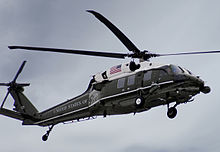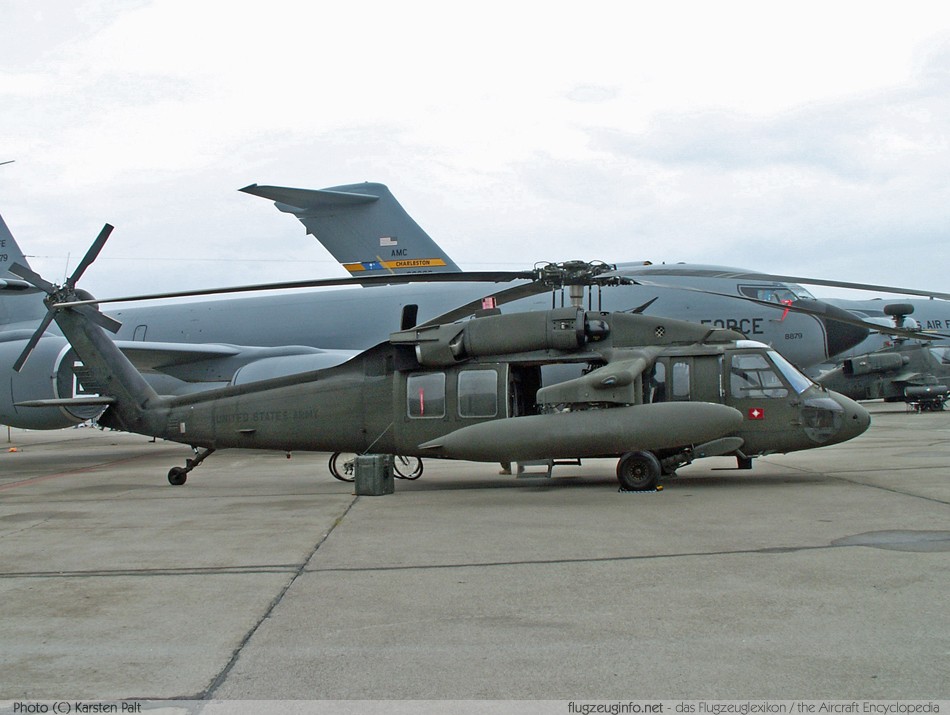Sikorsky S 70: Transforming Tactical Procedures with Cutting-Edge Technology
Sikorsky S 70: Transforming Tactical Procedures with Cutting-Edge Technology
Blog Article
High-Performance Multi-Role Rotorcraft Featuring Advanced Cabin Technologies and Integrated Sensor Solutions
The world of rotorcraft modern technology has seen significant advancements in current times, particularly in the world of high-performance multi-role rotorcraft equipped with advanced cockpit technologies and seamlessly incorporated sensing unit systems. These innovations have not only augmented the functional capabilities of rotorcraft however have actually additionally significantly affected contemporary air travel procedures on various fronts. From boosted mission versatility to improved operational performance, the convergence of sophisticated cabin technologies and integrated sensor systems has introduced a new age of opportunities for rotorcraft applications. In the adhering to discussion, we will certainly explore the advancement of rotorcraft technology, dig right into the world of advanced cockpit developments, and analyze the effects of integrated sensing unit systems on the functional adaptability and efficiency of modern-day rotorcraft.
Advancement of Rotorcraft Technology
The advancement of rotorcraft innovation has been noted by considerable advancements in aerodynamics, products, and propulsion systems, shaping the capacities and performance of contemporary rotorcraft. Wind resistant renovations have enhanced the effectiveness and maneuverability of rotorcraft, permitting boosted rate, dexterity, and security throughout flight (sikorsky s 70). Innovations in materials, such as the use of composite materials and progressed alloys, have resulted in lighter yet more powerful rotorcraft frameworks, improving total efficiency and durability. Furthermore, advancements in propulsion systems, consisting of a lot more powerful engines and ingenious propulsion modern technologies, have made it possible for rotorcraft to achieve greater elevations, faster speeds, and greater hauls.
These improvements have not only changed the abilities of rotorcraft but have also increased their applications across various industries, including army, business, and emergency solutions. The constant evolution of rotorcraft modern technology remains to drive development in the area, pressing the boundaries of what is feasible and shaping the future of vertical flight.
Advanced Cockpit Innovations
Building upon the foundational improvements in aerodynamics, products, and propulsion systems, the world of rotorcraft innovation now moves emphasis in the direction of introducing Advanced Cockpit Innovations. The combination of innovative modern technologies within the cockpit atmosphere plays an essential role in boosting the functional abilities, security, and performance of contemporary rotorcraft. sikorsky s 70. Advanced Cabin Innovations incorporate a large array of attributes designed to give pilots with boosted situational awareness, structured data management, and intuitive control user interfaces
Among the essential innovations in cockpit layout is the implementation of glass cabins, which replace standard analog gauges with high-resolution screens. These digital systems use personalized layouts, real-time information integration, and boosted readability, making it possible for pilots to access crucial info at a look. Progressed avionics systems, such as fly-by-wire controls and enhanced truth displays, are changing exactly how pilots interact with the airplane, allowing for precise control and enhanced decision-making capabilities.


Including sophisticated cabin developments not just improves pilot performance yet also adds to overall mission performance and safety in intricate operational environments. By leveraging state-of-the-art technologies within the cabin, rotorcraft manufacturers are establishing new standards for operational excellence and objective success.
Integrated Sensor Equipments
With the advancement of rotorcraft innovation, the combination of sophisticated Integrated Sensing unit Systems has come to be extremely important in enhancing functional effectiveness and safety and security. These Integrated Sensing unit Systems incorporate a wide selection of innovations that give vital information for numerous features such as navigating, security, targeting, and ecological monitoring. By perfectly incorporating sensing units like radars, electronic cameras, lidar, and infrared systems into rotorcraft, drivers can gain from enhanced situational understanding, boosted goal capabilities, and decreased pilot workload.
One trick advantage of Integrated Sensor Solutions is their capacity to collect real-time information and supply workable insights to pilots and goal operators. Progressed radar systems can detect and track targets over long distances, enabling for early hazard detection and effective action planning. Additionally, integrating infrared and electro-optical video cameras enables rotorcraft to carry out reconnaissance and monitoring objectives with accuracy and accuracy.
In essence, the combination of innovative sensing unit modern technologies into rotorcraft not just boosts functional performance yet additionally contributes substantially to overall objective success and crew safety and security. As rotorcraft remain to evolve, the role of Integrated Sensing unit Solution will undoubtedly remain at the center of development in the aerospace industry.
Functional Versatility and Performance
Enhancing functional versatility and performance in rotorcraft is a natural development from the combination of sophisticated Integrated Sensing unit Solutions. By leveraging the insights and data offered by these innovative sensing unit systems, rotorcraft can maximize their performance across different goals and settings.
Functional adaptability incorporates the ability of rotorcraft to adjust to different roles and circumstances successfully. With innovative cockpit innovations and incorporated sensor systems, rotorcraft can flawlessly change between jobs such as search and rescue, medical emptying, monitoring, and much more. This convenience boosts the rotorcraft's capacity to satisfy varied operational requirements without needing considerable reconfiguration.
Efficiency in rotorcraft procedures is important for maximizing goal effectiveness and source use. Integrated sensor systems play a critical function in improving operational efficiency by offering real-time information on climate condition, terrain mapping, target monitoring, and more. This data allows pilots to make informed decisions swiftly, maximize flight paths, conserve gas, and enhance general mission performance.
Influence On Modern Aviation Operations

Furthermore, the combination of innovative sensors assists in enhanced mission planning and implementation, allowing rotorcraft to execute a vast array of jobs with boosted accuracy. From search and rescue procedures to airborne firefighting and regulation enforcement missions, the capacities of contemporary rotorcraft outfitted with advanced cabin modern technologies and incorporated sensing unit systems are unparalleled.
Furthermore, the effect of these improvements extends past operational performance to cost-effectiveness and sustainability. By optimizing flight routes, gas intake, and maintenance routines, high-performance rotorcraft furnished with advanced cockpit technologies and sensing units add to lowering operational costs and ecological impact, making them vital possessions in modern air travel operations.
Verdict
Finally, the high-performance multi-role rotorcraft with innovative cabin modern technologies and incorporated sensor systems represents a substantial advancement in aeronautics innovation. These technologies enhance functional versatility and effectiveness, inevitably impacting modern-day aviation operations in a favorable way. The assimilation of these innovative technologies enables enhanced capacities and efficiency in different objective scenarios, showcasing the proceeded advancement of rotorcraft technology in the aviation industry.
The realm of rotorcraft innovation has seen noteworthy advancements in recent times, especially in the world of high-performance multi-role rotorcraft equipped with innovative cabin technologies and perfectly integrated sensing unit systems. From enhanced goal flexibility to boosted functional efficiency, the visit this web-site merging of innovative cabin modern technologies and integrated sensing unit systems has actually ushered in a new age of possibilities for rotorcraft applications. In the following discussion, we will certainly explore the advancement of rotorcraft modern technology, dig into the world of advanced cabin developments, and analyze the effects of integrated sensor systems on the functional convenience and performance of modern-day rotorcraft.

Report this page